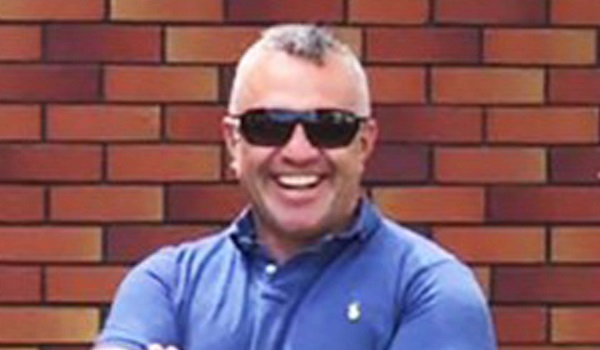Inquest concludes Matt Ratana was unlawfully killed
An Inquest into the death of Sergeant Matt Ratana has concluded he was unlawfully killed and that there were failures in the searching and observations of Louis de Zoysa.
The popular Metropolitan Police Service (MPS) officer had served the public for almost 30 years when he was shot and killed by Louis de Zoysa in the MPS’s custody centre in Croydon in 2020.
Monday’s inquest (November 13) followed the criminal trial of de Zoysa, who was convicted of Sgt Ratana’s murder and sentenced to a whole life term of imprisonment.
The force said the “thoughts of everyone at the Met remain with Matt, his partner Su, his family and colleagues”.
Deputy Assistant Commissioner Stuart Cundy said: “My first thoughts are with Matt’s partner Su and his family. The appalling act of violence that stole Matt from them continues to have a lasting impact on all his loved ones and the large number of people whose lives he touched, both inside and outside of the Met.
“At the time of his tragic murder just over three years ago, Matt had served the public for almost three decades. Like others, when I heard Matt had been fatally shot I was utterly shocked. The accounts of the officers who gave evidence highlighted the dangers and the challenges police officers face.
“The arresting officers recognised that their search and observations of de Zoysa could have been more systematic, and should have found the firearm. Later at the police station these same officers showed great courage in disarming de Zoysa whilst he continued to fire the gun. I admire their bravery and that of everyone who was in the custody centre that night.
“Matt Ratana’s murder was a stark and terrible reminder of the risks and challenges police officers and staff undertake every time they turn up for work.
“We will never forget Matt and will continue to honour his legacy, which will live on through his family, his many friends and colleagues in the Met, in his rugby foundation and beyond.”
The events surrounding the murder were investigated by both the Independent Office for Police Conduct (IOPC) and the Health and Safety Executive (HSE).
The IOPC investigation into the search, observation and transportation of de Zoyza found no indication any of the officers – including the two arresting constables – behaved in a manner that would justify the bringing of disciplinary proceedings, or that they had committed a criminal offence.
The IOPC did identify some learning for the two arresting police constables around body searching and transportation of detainees. They also recommended to the National Police Chiefs’ Council the implementation of handheld metal detectors in all police response vehicles and vehicles used to transport detained persons.
The HSE report concluded it was satisfied that the MPS had implemented changes to its safety management system that enabled better control of the daily risks our officers face.
The MPS said officer and staff safety is critical and it acted quickly to implement improvements in response to the tragic events at Windmill Road.
More than 4,300 detectors have been deployed for use in all custody suites and by frontline officers in vehicles as well as an extra pool being allocated for officers on foot/cycle patrol.
The Public and Personal Safety Training for officers – the training relating to physical searching – has been “fundamentally reworked” and incorporates learning from real-life cases with significant emphasis on repeated practice of scenarios to equip officers with practical skills they can deploy instantly, the force said.
In addition, custody sergeants must wear ‘Met vests’ when meeting detainees in a holding/searching area, where they are triaged before entry to the custody suite itself, it added.
The MPS was the first police force to have piloted an airport-style ‘body scanner’ in one of its custody suites. The pilot is currently being evaluated and learning will be used to inform the next steps.
Mr Cundy said: “Whilst we can never eliminate risk entirely, the Met is committed to do all it can to keep officers and the public safe”.


